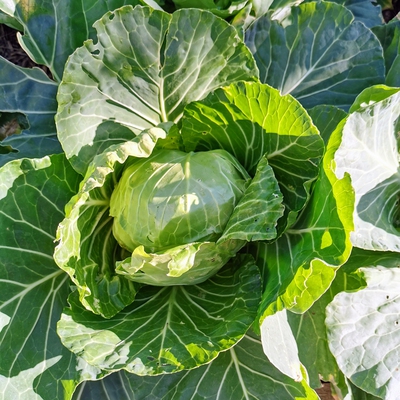Kohlrabi is a cool weather crop that can be planted planted from autumn through to spring. Learn how to grow Kohlrabi in this garden guide!
 Soil
Soil
What soil is good for Kohlrabi?
Kohlrabi require rich, well draining soil with plenty of compost mixed in.
 Position
Position
How much sun does Kohlrabi need?
Plant Kohlrabi in a full sun position.
 Frost Tolerant
Frost Tolerant
Is Kohlrabi frost tolerant?
Kohlrabi tolerates mild frost.
 Spacing
Spacing
How much space does Kohlrabi need?
Plant Kohlrabi roughly 25cm apart.
 Planting
Planting
When should I plant Kohlrabi?
Kohlrabi is a cool season crop that grows best in temperatures between 7 and 24°C (45–75°F).
It is usually planted from autumn through to spring, depending on your climate.
If transplanting seedlings, plant out in the early morning or evening and/or on an overcast day. Avoid planting at peak sun times or on windy days, this will allow your plants to settle in comfortably and protect them from windburn and sunburn.
 Feeding
Feeding
What do I feed Kohlrabi?
Prepare the soil well before planting with well rotted compost and a slow release organic fertiliser. Mulch the soil after planting to retain moisture and water regularly.
 Harvesting
Harvesting
When can I harvest Kohlrabi?
Harvest when the Kohlrabi bulb is the size of a tennis ball or slightly larger. If Kohlrabi is left in the ground too long it develops a coarse, woody texture.
 Pests
Pests
What pests does Kohlrabi get?
Pests that affect Kohlrabi include: Aphids, Cabbage Moth, Cabbage White Butterfly, Diamondback Moth, Flea beetle, Slug, Snail.
 Diseases
Diseases
What diseases does Kohlrabi get?
Diseases that can affect your Kohlrabi plants include: Alternaria Leaf Spot, Black Rot, Club Root, Downy Mildew, Fusarium Wilt, Powdery Mildew, Sclerotinia Stem Rot.









